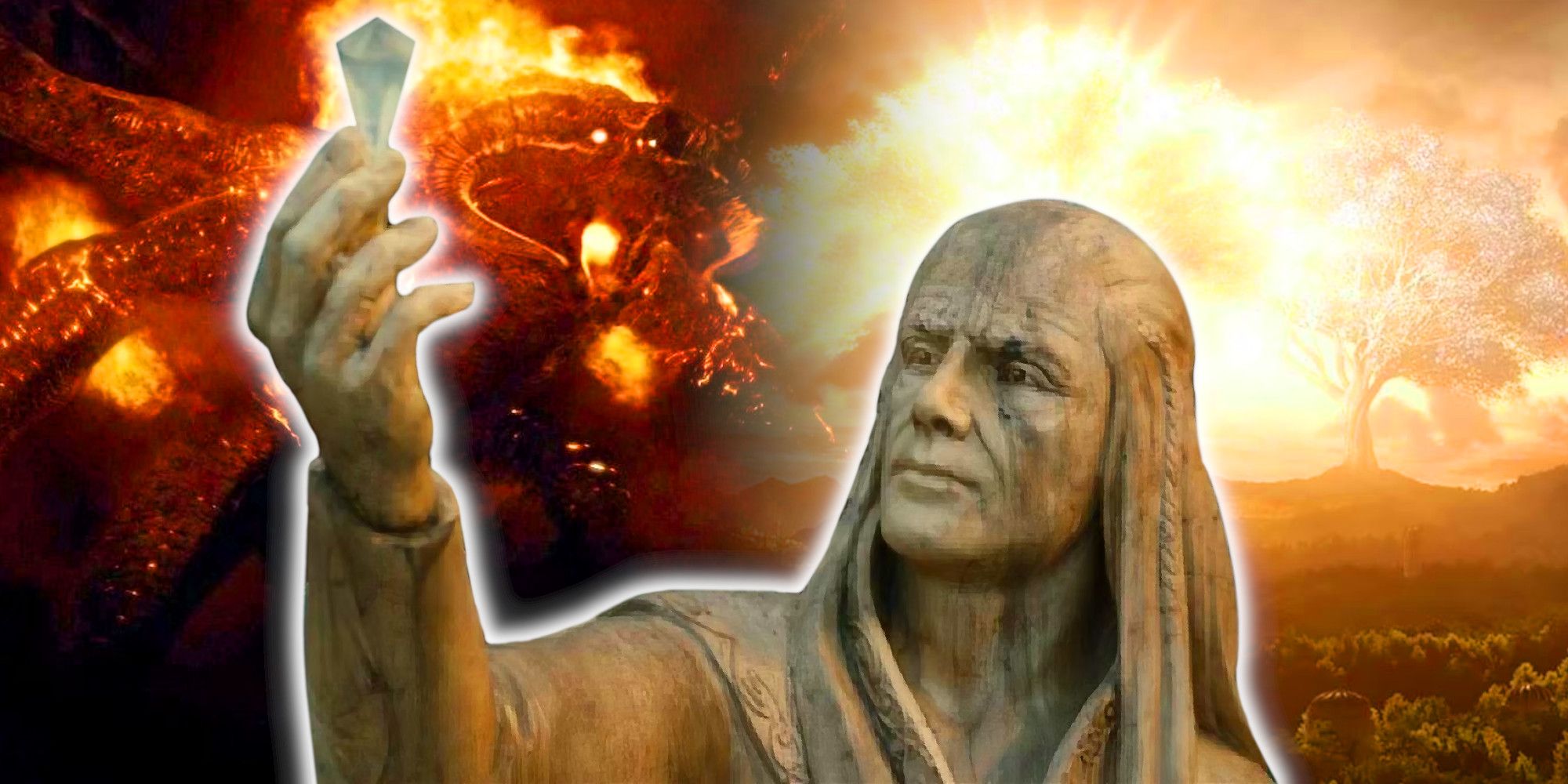
Fëanor was born in the Undying Lands during the Years of the Trees before the Sun and Moon even came into existence. He was the eldest son of Finwë, the first High King of the Noldor, a position that Gil-galad would later inherit. In the section “Of the Sun and Moon and the Hiding of Valinor” from The Silmarillion, Tolkien wrote, “Fëanor was made the mightiest in all parts of body and mind, in valor, in endurance, in beauty, in understanding, in skill, in strength and in subtlety alike, of all [Elves and Men], and a bright flame was in him.” Despite the praise that Tolkien heaped upon him in this passage, Fëanor was a deeply flawed individual. He was responsible for one of the most reprehensible acts in Middle-earth’s history, and his hubris led to an untimely demise. This dichotomy between his natural greatness and his twisted mind makes him a fascinating character to explore.
Fëanor Was Born With the Strength of Many Elves
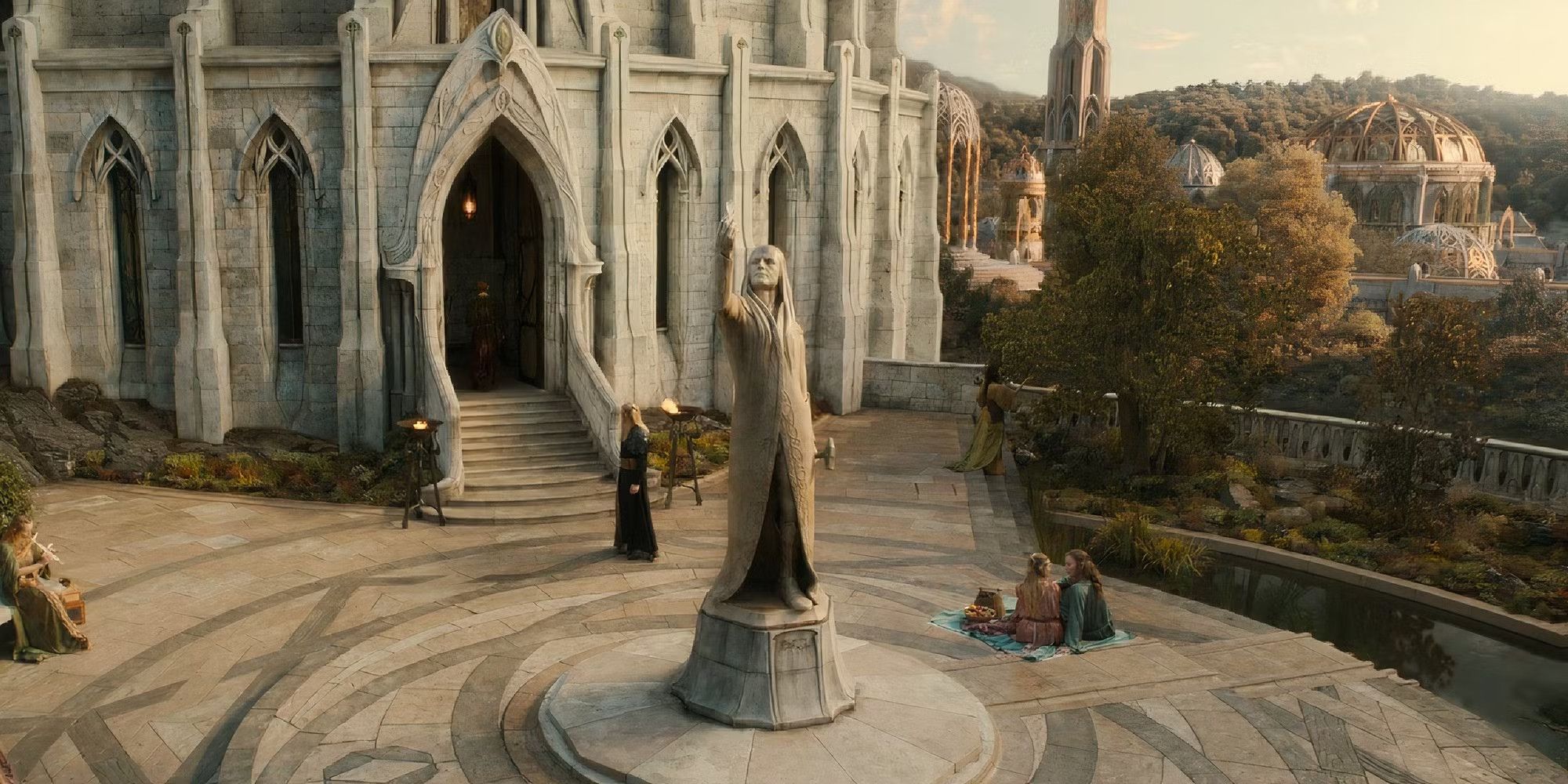
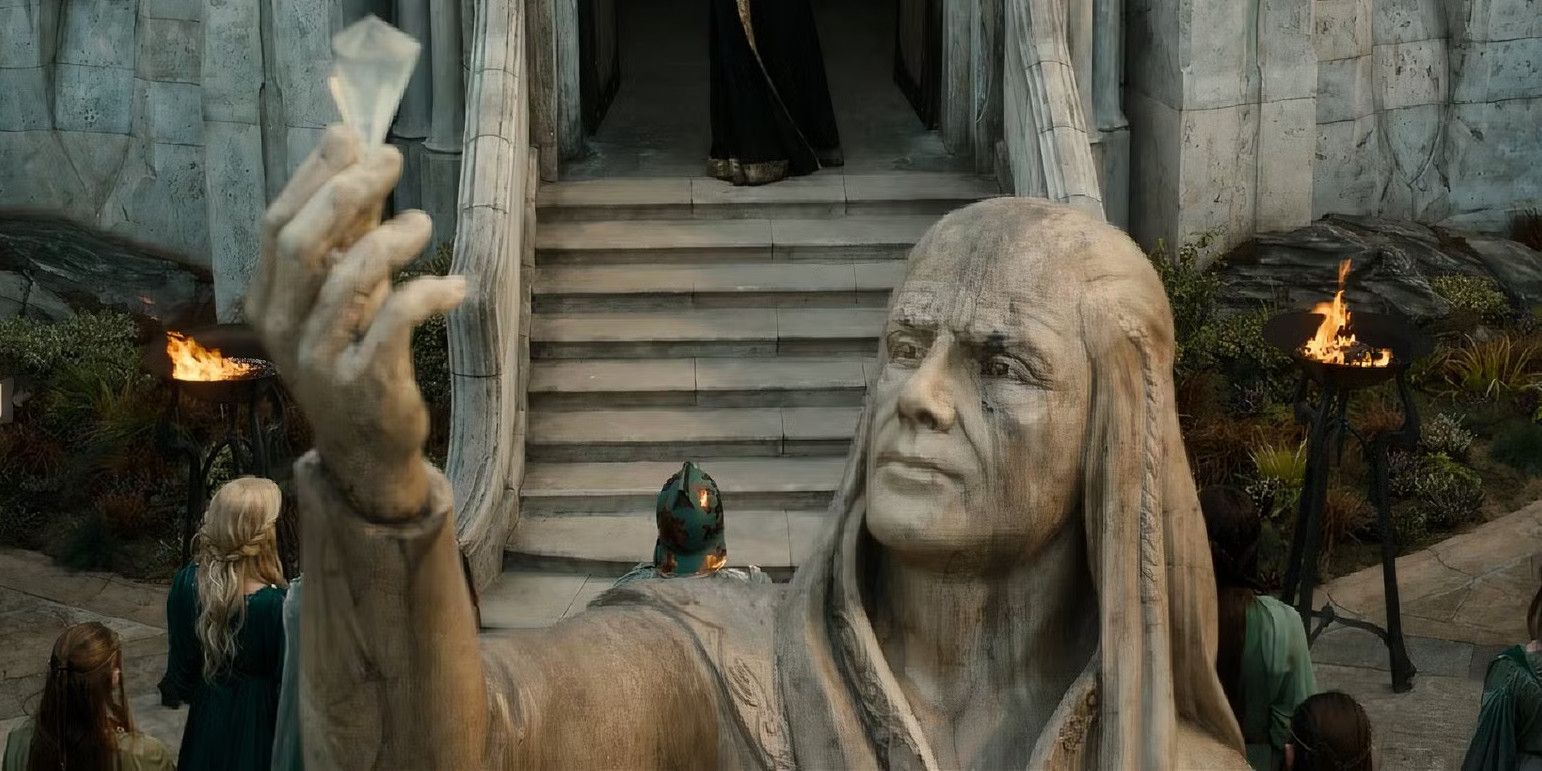
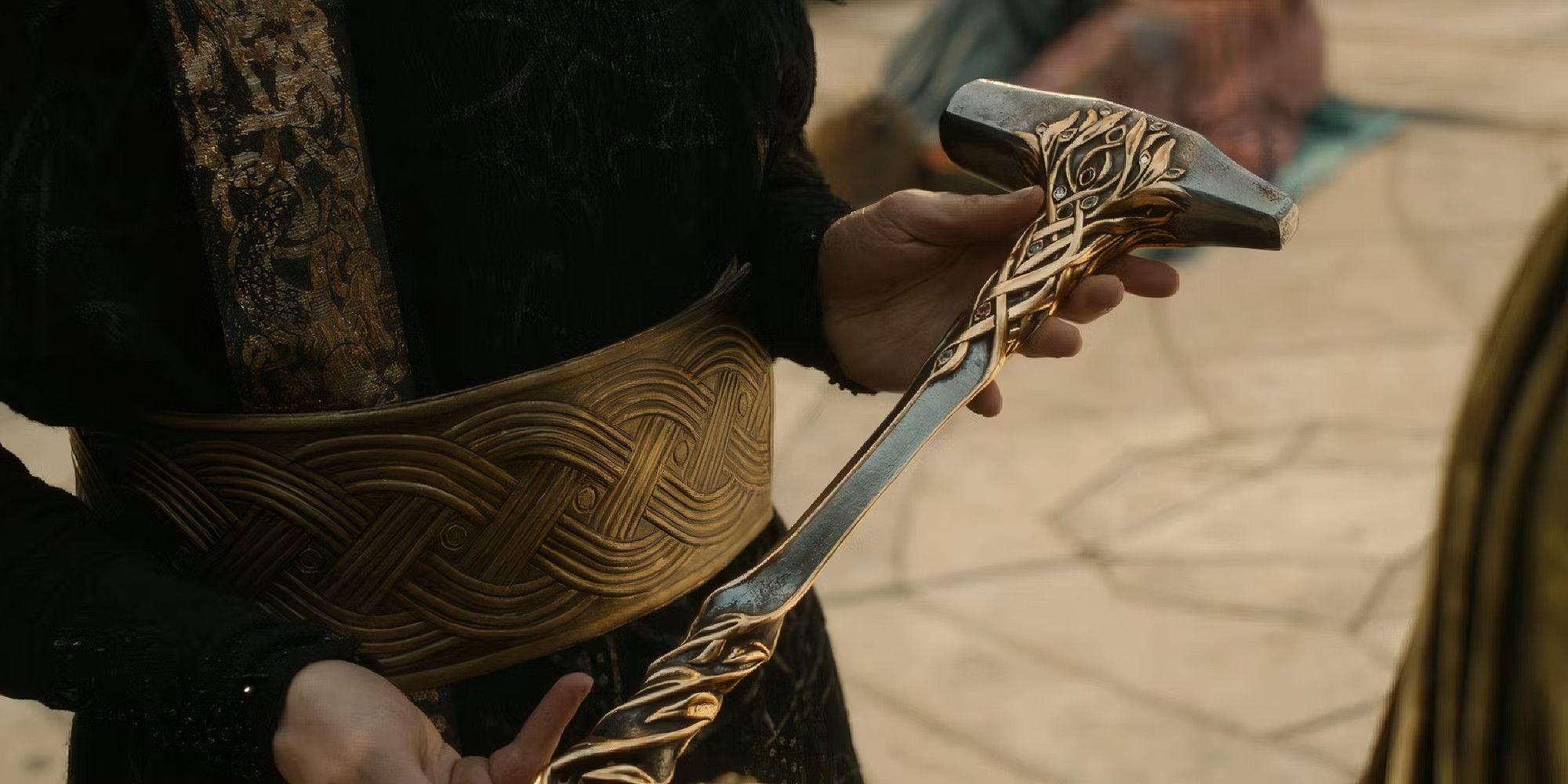
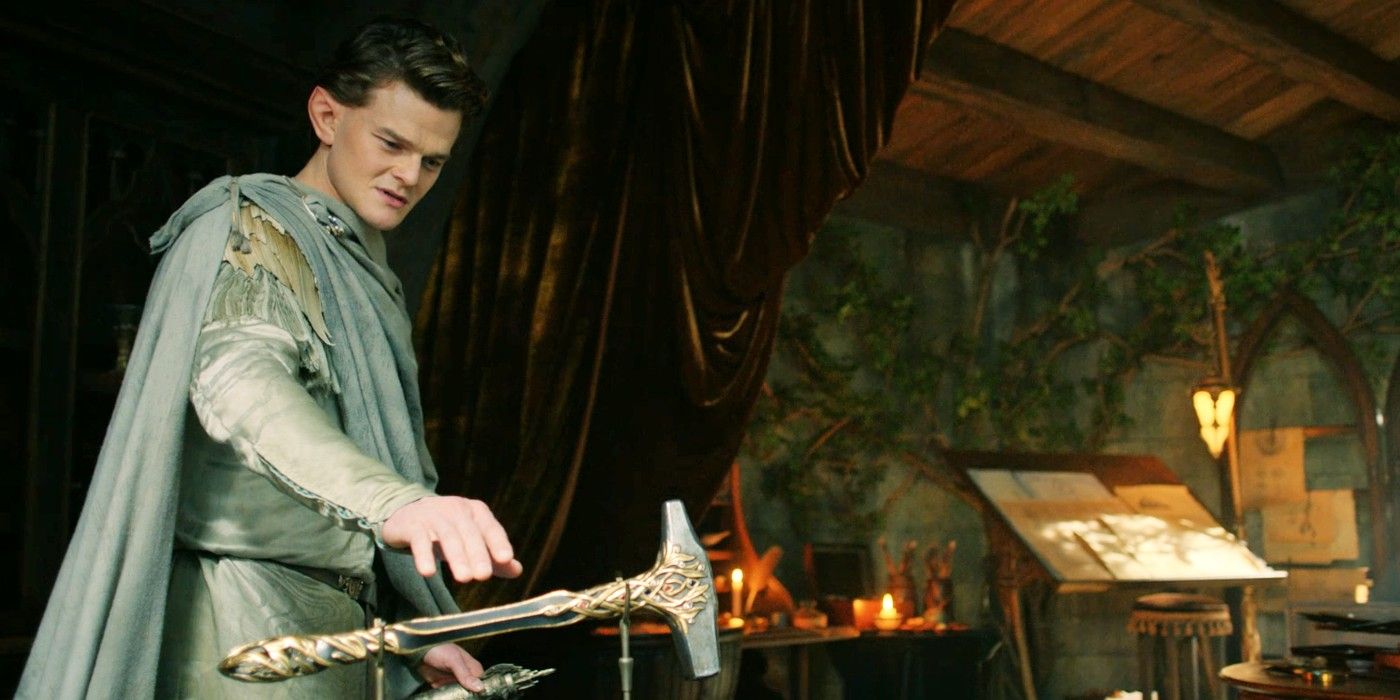
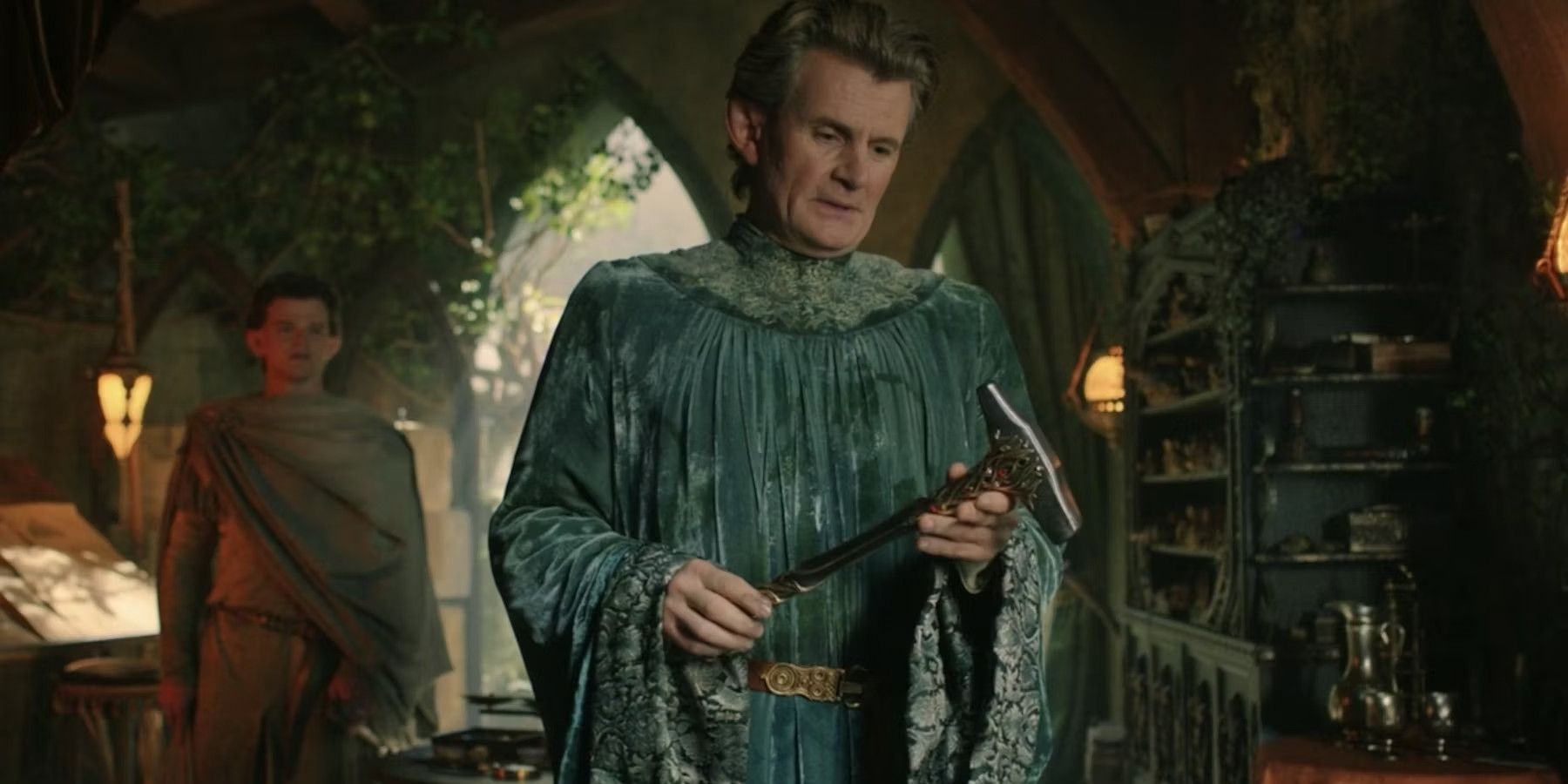





Fëanor’s exceptional power was evident from the moment of his birth, as explained in the section “Of Fëanor and the Unchaining of Melkor.” His mother, Míriel — not to be confused with the Númenórean queen of the same name — was pregnant with him for an especially long time, which sapped her energy. When he was finally born, she said, “Never again shall I bear child; for strength that would have nourished the life of many has gone forth into Fëanor.” She was left “weary” from his birth, and she died soon afterward. Though her immortal Elven spirit could have entered a new body, she chose not to; giving birth to such a mighty baby had drained her, and she no longer wanted to be part of the physical world. Before she died, she gave Fëanor his name, which meant “Spirit of Fire.” This was a prophetic name, as he would come to be associated with fire both literally and figuratively.
Fëanor’s name was unusual in that it was a combination of two Elvish languages: the first half came from Quenya, while the second came from Sindarin.
Fëanor “grew swiftly, as if a secret fire were kindled within him.” Tolkien noted that “few ever changed his courses by counsel, none by force.” In other words, he was as stubborn as he was strong. Smithing was Fëanor’s passion, and he especially liked to work with jewels and crystals. Among the Noldor clan of Elves, he was “the most subtle in mind and the most skilled in hand.” His first notable act was the construction of the Silmarils, magical gems that contained holy light from the Two Trees of Valinor. Their beauty was unsurpassed, and they burned any evildoers who touched them. Though the Silmarils were wondrous creations, they ended up being responsible for untold bloodshed and suffering throughout the First Age. When the Dark Lord Morgoth destroyed the Two Trees, he also killed Finwë and stole the Silmarils, placing them within his Iron Crown.
Fëanor’s Obsession With the Silmarils Corrupted Him
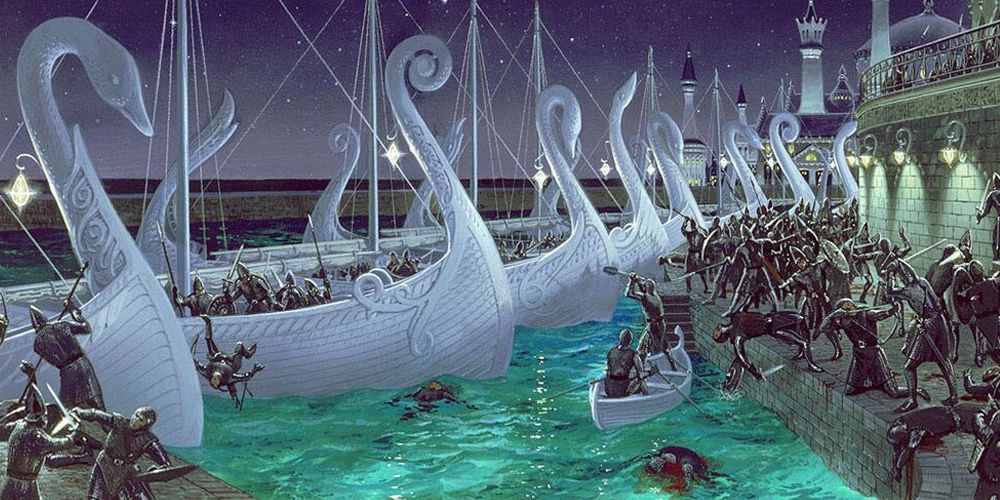
Enraged, Fëanor swore vengeance. He became the second High King of the Noldor, and he and his sons vowed that nothing would keep them from reclaiming the Silmarils. In the section “Of Beren and Lúthien,” Tolkien recounted their oath:
Be he friend or foe, whether demon of Morgoth, or Elf, or child of Men, or any other living thing in Arda, neither law, nor love, nor league of hell, nor might of the Valar , nor any power of wizardry, shall defend him from the pursuing hate of Fëanor’s sons, if he take or find a Silmaril and keep it. For the Silmarils we alone claim, until the world ends.
They held their word for the rest of their days, which set them down a dark path. Against the Valar’s wishes, Fëanor rallied the Noldor clan and led them to Middle-earth to fight Morgoth and take back the Silmarils. He had no ships capable of such a journey, so he asked the Elves of the Teleri clan to lend him theirs. They refused to do so, as they were still loyal to the Valar, so Fëanor and his followers slaughtered them. This was known as the Kinslaying, and it was the first time Elves had killed other Elves. It rendered Fëanor a despicable figure, and many of his family members — including Galadriel — turned against him. But this did not stop him from attempting to carry out his revenge.
The conflicts between the Elves and Morgoth in Middle-earth were known as the Wars of Beleriand, and one of the first major battles gave Fëanor a chance to showcase his strength. As described in the section “Of the Return of the Noldor,” Morgoth’s army of Orcs ambushed Fëanor and his forces shortly after they arrived in Middle-earth. This was the Dagor-nuin-Giliath, meaning “Battle-under-Stars,” and it raged on for ten days. Though the Elves were outnumbered and unprepared, Fëanor led them to such a decisive victory that “no more than a handful of” Orcs lived to fight another day. Yet even this was not enough to satisfy him. Blinded by rage and bloodlust, he charged ahead without the rest of his army to support him. He reveled in battle, “laugh[ing] aloud as he wielded his sword, rejoicing that he had dared the wrath of the Valar and the evils of the road, that he might see the hour of his vengeance.” Foolishly, he believed that he could singlehandedly fight his way through the entirety of Morgoth’s forces and slay the Dark Lord himself.
Fëanor’s Death Was Unlike Any Other
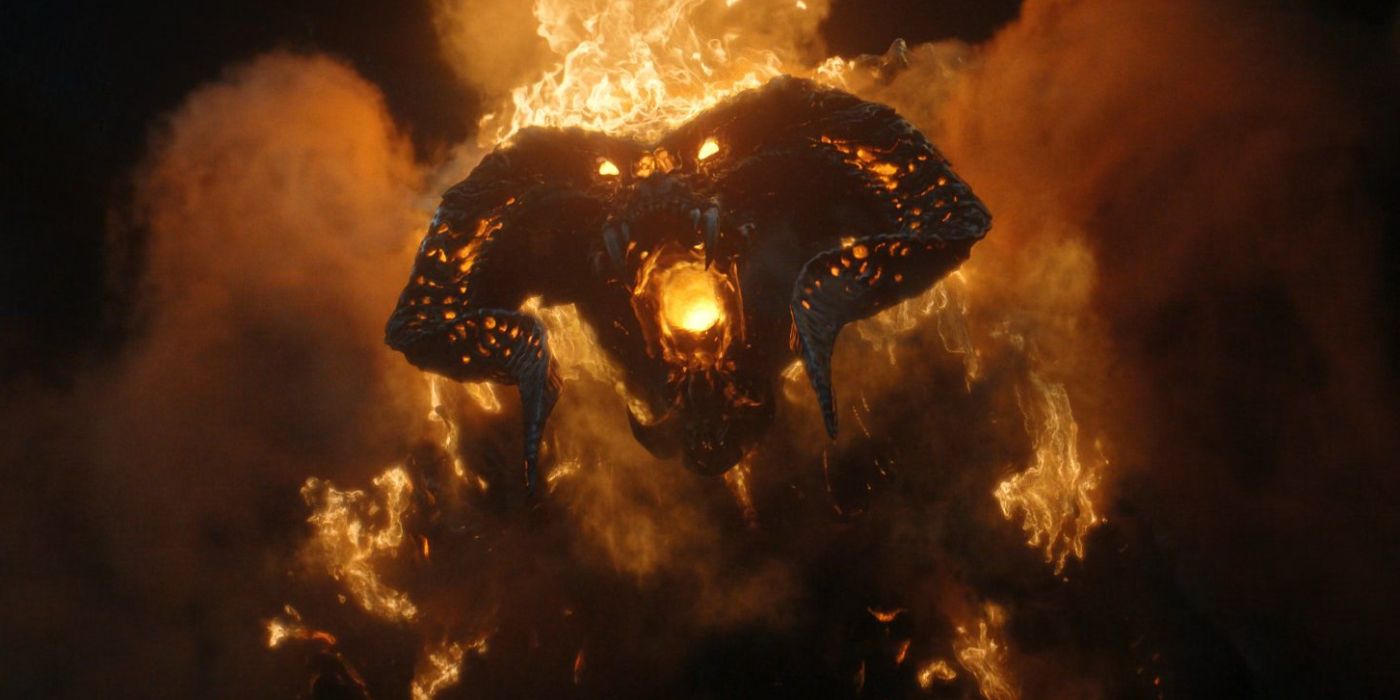
Fëanor’s recklessness was his undoing, as he barged straight into a trap; Morgoth had sent some of his deadliest minions, the Balrogs, to kill him. “Fëanor was surrounded, with few friends about him. Long he fought on, and undismayed, though he was wrapped in fire and wounded with many wounds.” Even Gandalf, who was a divine spirit known as a Maia, died while fighting a single Balrog in the Mines of Moria, so the fact that Fëanor was able to stave off several of the demons at once is beyond impressive, especially since he did so after wearing himself out with ten straight days of battling Orcs. Gothmog, the Lord of the Balrogs, eventually killed Fëanor, but upon his death, he made one last show of strength: “He had neither burial nor tomb, for so fiery was his spirit that as it sped his body fell to ash and was borne away like smoke.” This never happened to any other Elves who died in Tolkien’s legendarium, so it was a sign that Fëanor was uniquely powerful.
Gothmog shared his name with the Lieutenant of Minas Morgul who besieged Minas Tirith in The Lord of the Rings.
Fëanor’s story proved that strength is not everything. If he had put his talents towards selfless ends, he could have become the greatest hero in the history of Middle-earth, but he was vengeful, brash, and murderous, so he died having accomplished little. He never saw the Silmarils again, and though his sons eventually reclaimed two of them, they had committed such evil in the process that they were unable to touch them without being burned by their holy light. Fëanor stood in stark contrast to the protagonists of The Hobbit and The Lord of the Rings. Bilbo and Frodo Baggins were not particularly strong, even by hobbit standards, but they were resourceful, compassionate, and willing to rely on help from their friends. It was these traits rather than raw power that let them save Middle-earth from the forces of evil.


